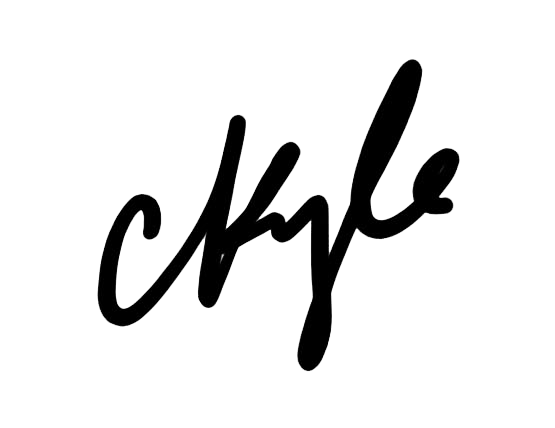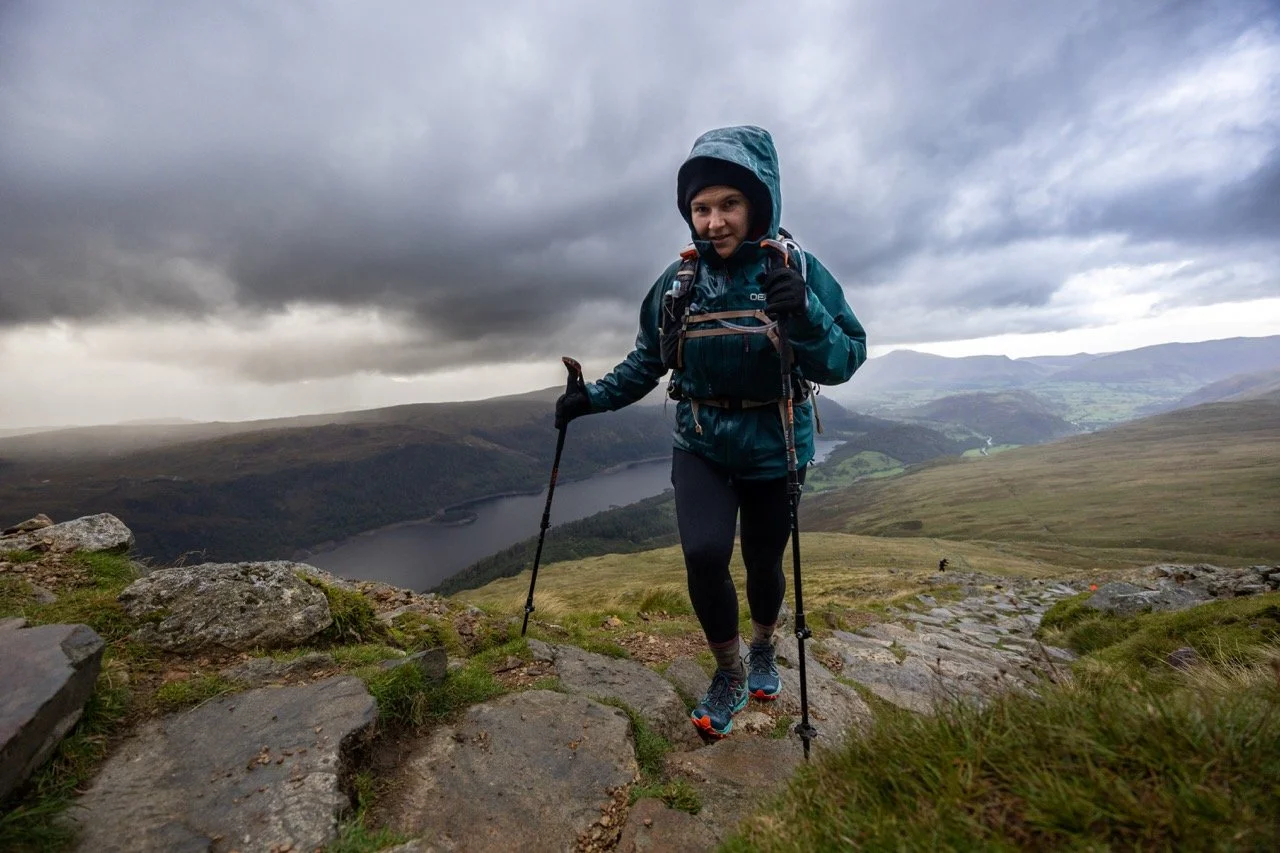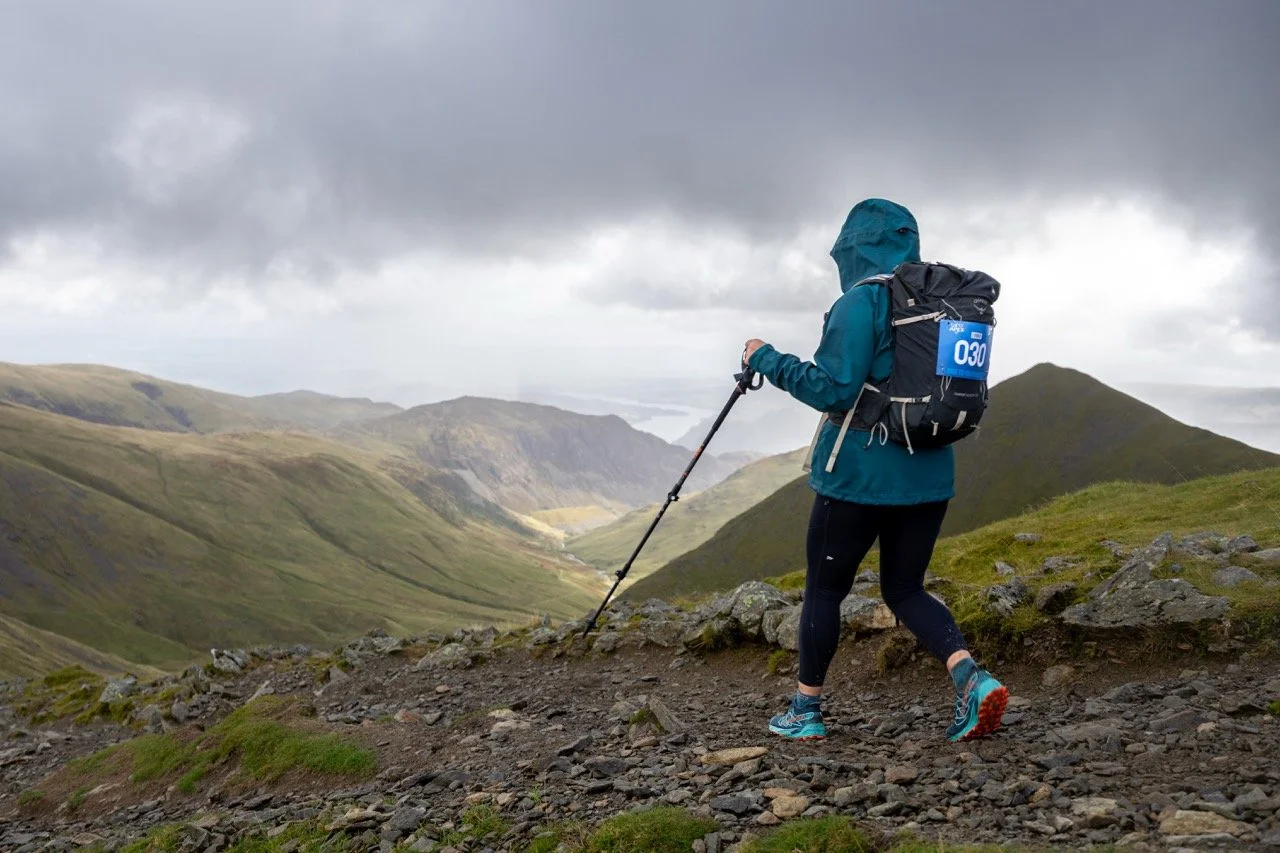Endurance and the Alchemy of Change
Endurance:
noun; the ability to endure an unpleasant or difficult process or situation without giving way.
Endure:
verb; to suffer (something painful or difficult) patiently.
From Latin indurare — “to harden.”
A month ago, I attempted the Apex Everest challenge—a 48-hour endurance event in the Lake District where participants climb and descend a single mountain (Helvellyn) nine times, gaining the cumulative height of Mt. Everest: 29,032 ft. Each lap is roughly 7.5 miles over complex terrain.
I made my first attempt last year and DNF’d (did not finish). This year, I DNF’d again, but the person who walked off that mountain was not the same one who’d walked on.
The Alchemy of Change
I’m not an endurance athlete—not really much of an athlete at all. But I love pushing myself, and I take on challenges like this because of what they teach me. They are laboratories for transformation.
Difficult challenges like this are a kind of alchemy. They induce the process of being broken down and rebuilt in new form—burning away old layers of ego, comfort, and self-doubt.
I even carry the symbol of this belief on my skin: the Death card from Tarot, tattooed on my right leg. Not as a symbol of endings, but of renewal—a reminder that everything in nature must shed what’s no longer needed to make space for new life. Trees grow stronger after storms. So do we.
Photo by www.joeljamesonphotography.com
Round One: Breaking Down
Only about 25% of Apex Everest participants finish. Fewer still attempt it solo. I managed four laps, just under half the distance, before my body said enough.
The weather was brutal: non-stop rain, sub-zero winds at the summit, sleet cutting sideways across the ridge. On my first lap, a gust of wind picked me up and twisted my ankle over a rock. Later, I slipped, fell into the splits (a move I hadn’t achieved in 18 years), and then moments later face-planted into a stone before rolling onto my back. Each time, I got up. Each time, something was refined—fear into focus, frustration into resilience.
By the end of that first day, soaked and shivering, I’d finished three laps 2.5 hours faster than last year. I was elated, but my clothes were drenched and my body was dangerously cold. The staff urged me to warm up before continuing. I crawled into my sleeping bag, meaning to rest only a few minutes. The next thing I knew, it was morning. The storm had howled all night.
That sleep—that surrender—was its own form of transformation. The part of me that equated stopping with failure was washed away in the night, giving way to a sense of generosity and gratitude that I hadn’t really felt for myself in a while.
Photo by www.joeljamesonphotography.com
Round Two: Letting Go
When I set out again the next morning, I knew I wouldn’t finish. Fourteen hours off-course had made that impossible. But my mantra was simple: one more.
Pain coursed from my ankle to my knee. I adjusted my shoes, taped my ankle, and kept moving. I managed one more lap and completed it; then I set off for just one more. But halfway through that final lap, I knew that pushing harder would mean injury. And in that moment, I released another layer of ego.
I didn’t need to be a hero. The part of me that equated worth with endurance had served its purpose. Now it could rest.
I turned back. Hobbled to camp. Handed myself over to the medics. They found weakness in my MCL, but I already knew what it was: the toll of those earlier slips, the remnants of that storm.
Rebirth
Last year’s Apex ended mid-way through day two when I hit a wall where I could barely hold myself together. I hadn’t fueled properly, and frankly had never been exposed to that level of exertion. I was simply overwhelmed.
This year, I was steady. Focused. Composed. That shift was a resurrection. The version of me that couldn’t self-regulate was gone. What remained was presence.
In the lead up to this year’s event, I trained differently—not harder, but deeper. I practiced discomfort as a kind of discipline.
Fasting and cold plunges became my teachers. Fasting showed me what depletion feels like, and how uncertainty can give way to clarity once you stay with it. Each fast was like a microcosm of endurance—hunger, stillness, and then renewal. Cold plunges taught me how to stay calm while my body screamed. Each time, I entered chaos and chose composure.
These were small acts of alchemy: burning off resistance, revealing strength.
But at the end of the day, the phrase echoing in my head was: You don’t have to be a hero.
For someone like me—an overachiever by instinct—that was radical. I’ve spent years proving myself through doing, through achievement, through hardness. But the truest kind of endurance is softer: it’s the quiet, consistent act of staying with yourself, even when no one is watching.
The Ongoing Journey
Last year taught me to go together, not alone. This year taught me to stop striving for heroics. To trust that transformation happens without force. To let the old dissolve when it’s ready—not because I push it, but because I’m ready.
So I’m learning to walk steadily, one step at a time, knowing that every breath, every challenge, every surrender, changes me—gently, profoundly, and always for the better.
Life is art, after all.
Photo by www.joeljamesonphotography.com



